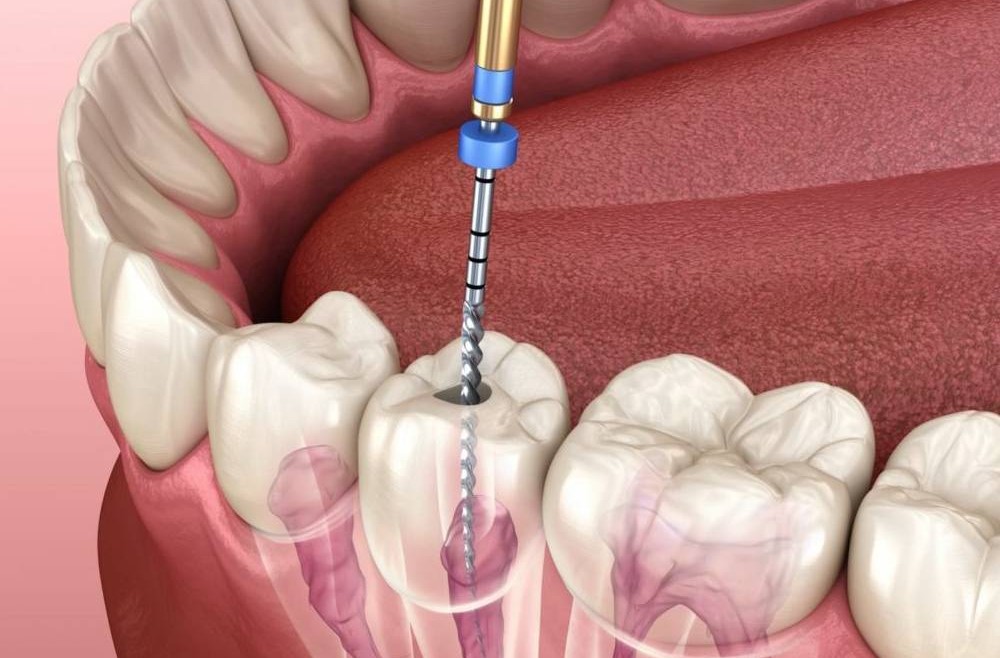Undergoing a root canal procedure can be a daunting experience for many individuals. While the treatment itself aims to alleviate pain and save a damaged tooth, the recovery process is crucial for ensuring optimal healing and minimizing discomfort.
- Follow Post-Operative Instructions Diligently: Following the root canal procedure, your dentist will provide you with specific post-operative instructions tailored to your individual needs. It’s essential to follow these instructions diligently to promote proper healing and reduce the risk of complications. This may include taking prescribed medications, such as antibiotics or pain relievers, as directed, and adhering to dietary restrictions, such as avoiding hard or crunchy foods.
- Practice Good Oral Hygiene: Maintaining good oral hygiene is paramount during the recovery period after a root canal. While the treated tooth may be sensitive, it’s crucial to continue brushing and flossing gently to keep the area clean and prevent infection. Use a soft-bristled toothbrush and avoid vigorous brushing around the treated tooth to minimize irritation. Additionally, consider using a antimicrobial mouthwash recommended by your dentist to further promote oral health.
- Manage Discomfort and Swelling: It’s normal to experience some discomfort and swelling following a root canal procedure. To alleviate these symptoms, you can apply a cold compress or ice pack to the affected area for short intervals during the first 24-48 hours post-treatment. Over-the-counter pain relievers, such as ibuprofen or acetaminophen, can also help manage any discomfort. However, always consult with your dentist before taking any medication, especially if you have allergies or medical conditions.
- Stick to Soft Foods and Avoid Chewing on the Treated Tooth: During the initial stages of recovery, sticking to soft foods can help prevent unnecessary strain on the treated tooth and promote healing. Opt for foods that are easy to chew and swallow, such as yogurt, mashed potatoes, soup, and smoothies. Avoid chewing on the side of the mouth where the root canal was performed to minimize the risk of dislodging or damaging the temporary filling or crown.
- Attend Follow-Up Appointments: Following a root canal procedure, your dentist will schedule follow-up appointments to monitor your progress and ensure that the treated tooth is healing properly. It’s essential to attend these appointments as scheduled to address any concerns or issues promptly. During these visits, your dentist may remove the temporary filling or crown and replace it with a permanent restoration, such as a dental crown, to protect the tooth and restore its function and appearance.




